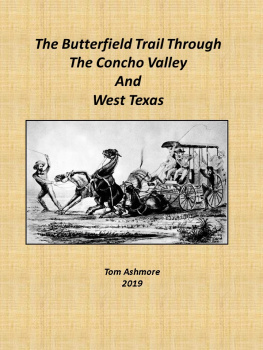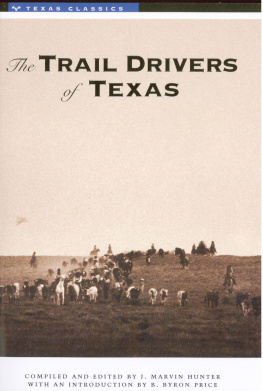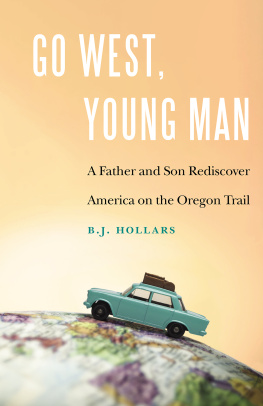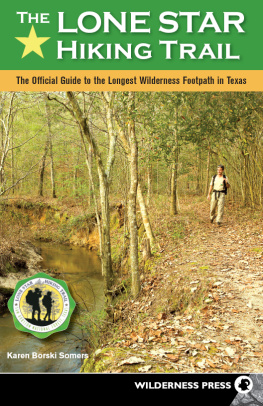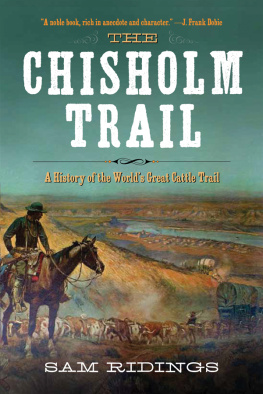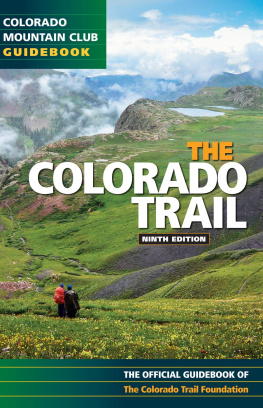Forward
Over a ten plus year period it was my pleasure to work with Tom Ashmore on numerous Concho Valley Archeology Society projects. One of the major projects was a CVAS project at Fort
Chadbourne, which lasted for 5 or 6 years. Other projects included rock shelters on the Nature Conservancy property along Independence Creek over a 4 or 5 years. Others include Horsehead Crossing and the immigrant Trail at the Green Mounds. Last but not least are the two lost Butterfield stage stations, Johnson station and Grape Creek station.
Johnson station and Grape Creek station as we know them were no longer visible to a person casually passing close by. Even the ranch owners were unaware of the location of either
Butterfield site. Now that these sites are uncovered after years of being lost to posterity we can confidently pass along to those that follow us our knowledge of where these long lost sites are located. It was my pleasure to work with Tom on this project over about a 10 year time period.
After gaining permission from the property owners we were allowed to access the general area and begin our search for the exact site. If it were not for Toms skill in reading satellite maps and his skill in following the scar left on the land by the mules and the stage coaches we would have never found the sites. I can honestly say that I was a skeptic at first in reading the satellite facts but after Tom educated me on how to use the tools I came to be a believer in the latest modern day technology, which helped us solve a mystery. I really became a believer in the use of the new technology when Tom and I went to the ranches to match up the satellite picture with the ranch land. With satellite map in hand we found where the stage line crossed the main ranch road near the Grape Creek Station. We walked the stage trail in multiple places near the Grape Creek Stage Station and our satellite guidance maps opened these doors for us. Again Ill say that without Toms skill in reading satellite maps and his application of this modern technology we would have never found the Johnson Station or the Grape Creek Station. I am a firm believer in the use of this technology and I attach my name to Toms report concurring with his findings.
On the Grape Creek site Tom and I worked the site on the weekends and used our metal detectors to pin point the metal objects remaining. During the week it was my job to search the archives at Fort Concho reading the Scouting reports looking for any mention of the Grape Creek Station by the cavalry. We also looked into historical articles for mention of the Grape Creek Station. We came upon an article in Marvin Hunters magazine from 1911 by Emma Elkins, which shed light on what happened when the Indians attacked. Of course we referred to the Conkling books repeatedly to be certain that we stayed accurate with our work in the field.
Surely those that follow us will find our efforts to be beneficial and will expand their knowledge of an important time in the Concho Valley. I am proud to have been a part of this team effort and greatly appreciate Tom sharing with me his skills acquired in satellite map reading acquired during his 20 years in military intelligence.
C.A. Maedgen, III
Region 10 Director for TAS
1/9/2019
SMU BS Geology 1966,
SMU MFA Communications 1968
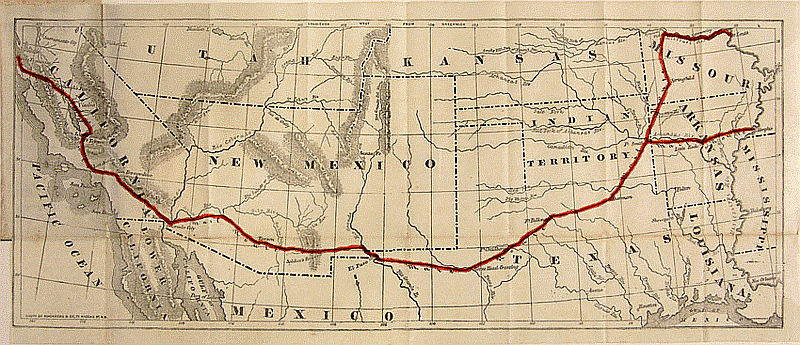
Introduction
One of the most significant periods in West Texas Concho Valley was the period of pre and post-Civil War. This period saw exploding expansion in our country as emigrants made their way through this area to points further west, mostly New Mexico and California. This brought about the Butterfield Stage line from 1857 to 1861, as well as settlers, cattle drives and trade caravans on this same trail. It also brought with it the Indian wars as the Apache and Comanche viewed this expansion as encroachment on their land so necessary to the survival of their tribes.
As the attacks on settlers and emigrants increased it brought more military camps and forts to the region. As such, studying the various locations related to these times is significant to clarifying the people and events of those times.
The West Texas section of the Butterfield Trail was one of the most difficult for stagecoach travelers. When they left Fort Chadbourne heading west they knew they were in for a rough ride. Because the trail ran through a dry and unpopulated country - and the fact that it continued to be used long after the Butterfield Overland Mail was discontinued in 1861 - the impression can still be seen by a trained eye through satellite imagery in places that no trail can be found on the ground.
Section of Butterfield Trail studied
Many efforts were made over the years to detail the Butterfield Overland Mail route through West Texas. The team of Roscoe and Margaret Conkling conducted the most famous, documented in their 1947 two-volume book, Butterfield Overland Mail (Conkling). This route study is still considered today to be the most accurate and a sort of bible of the trails route. However, during their research of West Texas they were unable to actually travel many sections of the trail and had to rely on local residents memory of just where the trail ran. Often the memory of residents turned out to be close, but not absolutely accurate. This series of reports researched over a 12 year period attempts to clear up some of these gaps while taking a journey from Fort Chadbourne to the Pecos River on the Butterfield Trail.
Table of Contents
1. Butterfield Overland Mail Overview
2. Satellite Imagery Interpretation of Historic Trails
3. The Butterfield Trail From Fort Chadbourne
4. Archeological Investigations of Grape Creek Station (41CK305) CokeCounty
5. The North Conch River Butterfield Trail Crossing
6. Archeological Investigations of Johnsons Station (41IR123) IrionCounty
7. Middle Concho River Trail Split And Continuing West
8. The Pecos River Horsehead Crossing
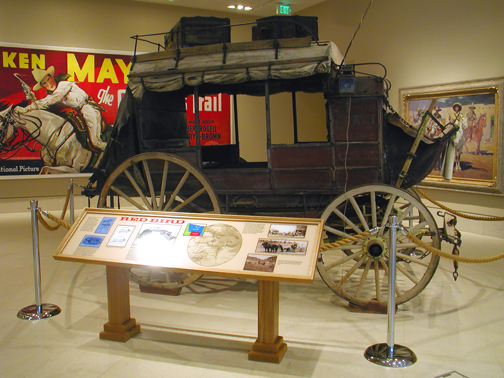
1. Butterfield Overland Mail Overview
The official government contract for the Butterfield Overland Mail began in September, 1858, running semiweekly from Tipton, Missouri, and Memphis, Tennessee, to San Francisco, California and the same in the opposite direction. However, the contract was acquired one year prior with a stipulation the mail would begin to run for the government within one year. That year was spent building roads, stations, bridges and everything else needed to complete the project (Butterfield Overland Mail TSHA). Stages probably began running during that year, but it is unlikely they were carrying paying passengers. They may well have been running as part of the preparation and supplies for the formal opening in September 1858.
The Butterfield Overland Mail schedule called for stagecoaches to pass in each direction twice per week. The coach was fitted with three seats, and these were occupied by nine passengers. As the occupants of the front and middle seats faced each other, it was necessary for these six people to interlock their knees. About all the rest of the coach was full of mail bags (Butterfield Overland Mail - Smithsonian).
For the West Texas portion of the trip the wagons were more rugged than the eastern Concord coaches. They were built especially for Butterfield and were called Celerity Wagons or Mud Wagons due to their rugged construction.

